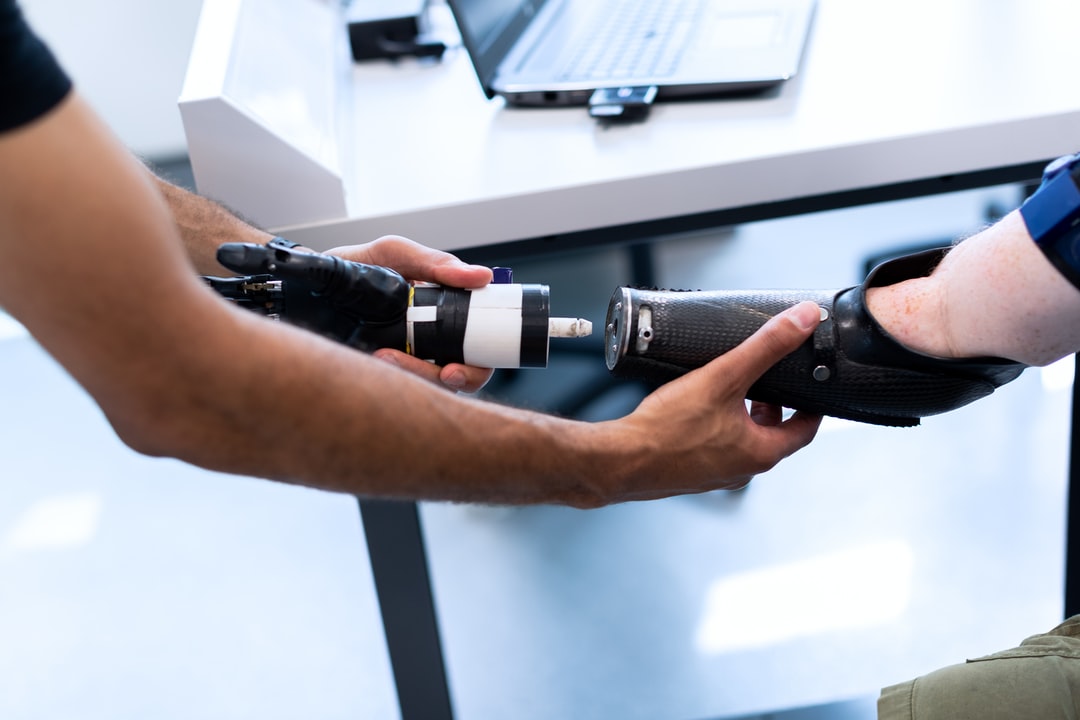 The field of orthotics and prosthetics is a medical specialty. It deals with the design and development of externally applied devices that affect the neuromuscular and skeletal system. These devices help people with different conditions to correct their posture and function. They are also beneficial in the treatment of injuries, including joint replacements, foot orthoses, and traumatic brain injury. The field of orthotics is highly specialized and requires great creativity and precision. The bionic leg is a custom-made device that act to control weak or deformed leg. Prosthetics, on the other hand, involve the use of artificial limbs. These devices can increase a patient's function and allow them to heal without swelling. The field of orthotics and prosthetics offers many career opportunities. You can become a practitioner, assistant, technician, or fitter, and work in a variety of settings. You can work in a private practice, a rehabilitation facility, or even in a pediatric practice. This field of study requires extensive education and hands-on training. If you're interested in pursuing a career in orthotics and prosthetics, you can start by earning a master's degree. After completing your master's program, you'll need to complete a residency, which is about 36 months of supervised training. Once you've completed your residency, you can pursue national certification. Orthotics and prosthetics practitioners offer brace fittings, artificial limbs, and specialized braces. Their goal is to help patients maximize their quality of life and gain independence. They use the expertise of a multidisciplinary team to determine a treatment plan based on the patient's goals and medical condition. In addition to providing services for individuals with a variety of physical disabilities, orthotists and prosthetics practitioners work closely with rehabilitative care professionals and orthopedic surgeons. The prosthetic companies Philadelphia work is highly specialized and involves direct interaction with patients and their families. It also involves collaboration with other allied health professionals, such as physical therapists and occupational therapists. The World Health Organization and the International Society for Prosthetics and Orthotics have developed global standards for the provision of orthoses and prosthetics for people with physical disabilities. These standards are a guide to ensuring equitable access to these services in all countries. They are also a way to promote universal health coverage and sustainable development. Orthotists and prosthetists provide braces and artificial body parts to help patients regain mobility. They may also oversee the practice of other healthcare professionals. They are responsible for providing therapy and educating patients regarding the proper prosthesis and orthotic for their specific needs. In addition to creating custom orthoses, orthotists and prosthetics create prosthetic body parts that can be used to replace a lost limb. Check out this link: https://www.dictionary.com/browse/orthotics for a more and better understanding of this topic.
0 Comments
Leave a Reply. |
AuthorWrite something about yourself. No need to be fancy, just an overview. ArchivesCategories |
 RSS Feed
RSS Feed
